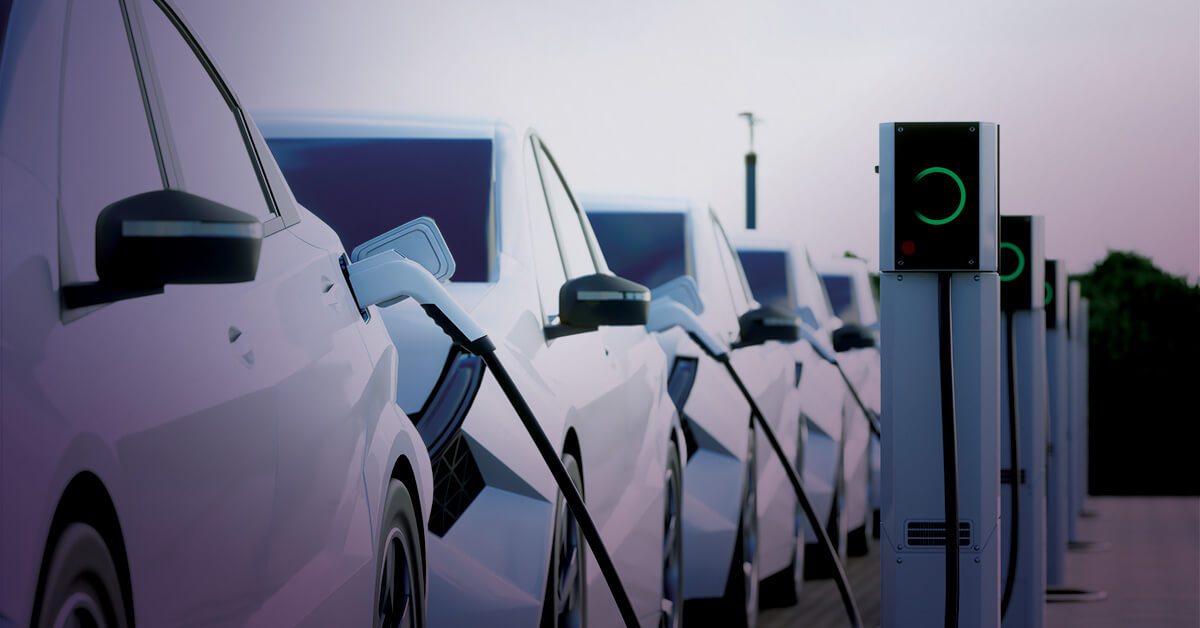This article was originally published on Forbes.
A recent eye-popping headline was the news that BYD had become the world’s largest seller of Electric Vehicles. This head spinning fact did not immediately make sense. “Wait a minute, I’ve never seen a BYD vehicle on the roads,” “What their equivalent to the Tesla Model 3 or Y?”, “there’s no way they are more successful than Tesla!”
Joan Muller calls this an existential threat for the US automobile manufacturers. She says US manufacturers are scrambling to keep up with the radically lower cost of the Chinese cars, even taking into account the steep import tariffs that they face. The US industry is prepping for what Stellanis CEO Carlos Tavares call a “China Offensive.”
This is likely to become a political issue in 2024, as people complain about “unfair” Chinese competitors taking American jobs. That could mean more tariffs on Chinese cars to build a wall around the US industry, so that it can ride out the effects of low-cost competitors. This sounds tough but is really a sign of competitive weakness. In any case, it is all too easy to get around them by relocating to Mexico. A case for more tariffs no doubt! That’s not how you build a robust, competitive economy in a capitalist world. It would mask the much more serious long-term strategic error at the heart of the problem. That is that most US and European car makers choose a strategy that served their own needs, not those of the consumers. All tariffs do is reward bad strategy and a lack of customer focus.
BYD got to top spot because they have a completely different strategy to most US and European manufacturers. First, they have not backed Battery Electric Vehicles (BEV) over Plug-In Hybrid Electric Vehicles (PHEV), they have a blend of both in their line ups. Second, they have focused on cheaper cars, that are easily adopted in the Chinese mass market. Vehicles that retail for sub $20k. Compare this with Audi. They have an array of e-tron vehicles starting in the mid-$70s, but mostly north of $100k, and only one plug-in hybrid.
This strategy of getting quick payback in the luxury segment with high-price vehicles is similar to Ford’s focus on the high end. News that the Ford F-150 Lightning is cutting production was spun as evidence of shrinking demand for EVs in the USA. That could be, but seriously how many buyers are there that have that sort of budget, especially for a car with less than 250 miles of range? These are errors created by poor strategy, not consumer resistance.
There is an addiction in the automotive industry to adding technology to justify high prices without thinking through the strategic consequences. I have written before about the absurdity of BMW investing in the color changing car when they remain a laggard in the EV market. The same goes for Ford’s decision to pack its Mustang Mach-E with self-driving technology, instead of expanding its market appeal for an excellent vehicle at a lower price point.\
These firms are starting to pivot. Ford and GM have both made decisions to simplify offerings, cut costs, and lower prices. There are lots of reasons to believe that these firms will outlive Chinese competitors. It would be even better if they learned the lessons that put them in this position in the first place and embrace a customer-centric approach to product development, one that could deliver vehicles to help Americans embrace the transition to low carbon transport.
